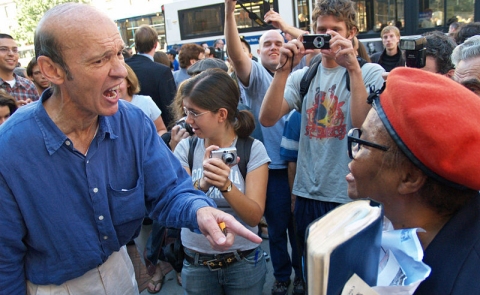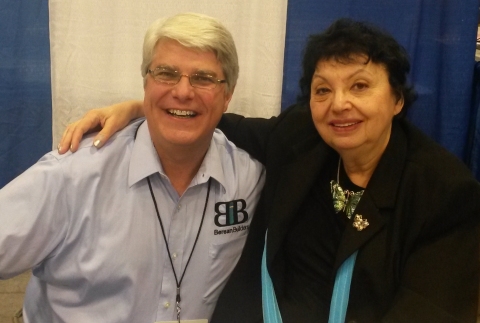
One of the many uninformed criticisms of homeschooling is that it promotes intolerance. The Encyclopedia of Distributed Learning, for example, summarizes how the National Education Association sees it:1
Critics, among them the National Education Association, argue that…because they are not exposed to the broad range of socioeconomic and ethnic groups found in conventional classrooms, home schooled children may become bigoted and intolerant.
Until now, I had never seen any studies on the issue, but my personal experiences with homeschoolers don’t give any credence to this idea. In my personal experience, homeschooled children are significantly more tolerant than those who come from public and private school.
Of course, my personal experience is not a good gauge for the homeschooling movement as a whole. I tend to interact with homeschooled students who first reach out to me, through email, Facebook, or homeschooling conventions. Since they are reaching out to me, they are part of a self-selected group of homeschooled students who many not represent the norm. As a result, I read with interest a recent article in the Journal of School Choice: International Research and Reform. In it, the author discusses what studies exist regarding private schooling, homeschooling, and intolerance. He then he reports his own findings on the subject.
Let’s start with the author’s discussion of what previous research has been done on the issue. Most of the research is related to private schools, and the author contends that the literature shows that privately-schooled students are at least as tolerant as publicly-schooled students. That was only marginally interesting to me, because it doesn’t really relate to homeschooling, which is the focus of my work.
He tries to discuss some research related to homeschooled students, but it mostly centers around how involved they are in civic activities. In my opinion, that tells us nothing about the level of intolerance in homeschooling, since intolerance can lead to a high civic involvement. After all, as militant evolutionists have already demonstrated, if you don’t want alternate views to be discussed, one way to get that accomplished is through legislators or the legal system. Thus, I didn’t think that part of the article was very useful.
Continue reading “Homeschooling Promotes Intolerance? Think Again!”






